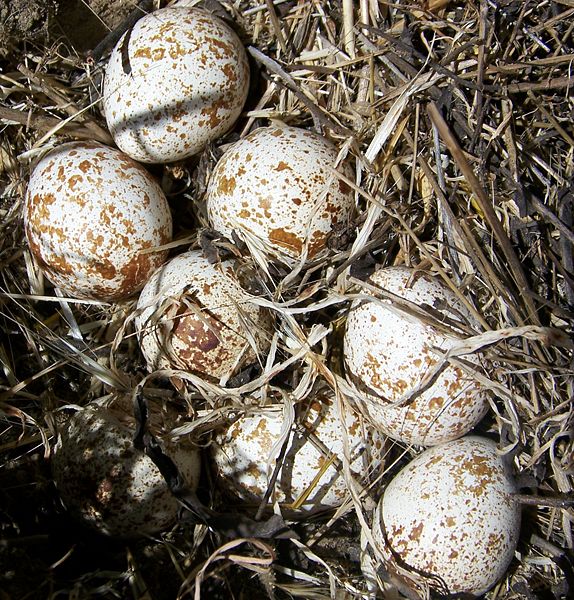It's a question that has puzzled bird biologists for many years - Why do some species of birds lay only one egg in their nest, while others lay clutches of ten or more?
 It's generally believed that species that are short-lived, or have a low survival rate for their offspring would lay more eggs at a time. But it's been tricky to make general rules, as clutch sizes can vary widely between even closely-related species.
It's generally believed that species that are short-lived, or have a low survival rate for their offspring would lay more eggs at a time. But it's been tricky to make general rules, as clutch sizes can vary widely between even closely-related species.
Now scientists from the US and Germany, writing in the journal PLoS Biology, may have come up with the answer. In an impressive study, they combined data on the clutch sizes of more than 5,000 species of birds, and analysed them along with information about their biology and environment.
The team found that increased variation in the environment causes birds to lay larger clutches of eggs. Most bird research has taken place in the highly seasonal environments of North America and Europe, so clutch sizes here are relatively large.
But in fact, most bird species live in places that are less affected by the seasons. Clutch sizes in tropical birds are often small, but because they have been studied less, they were thought to be the exception rather than the rule.
And, contrary to what might be expected, researchers found that birds with exposed nests, open to predators, laid smaller clutches, compared with birds who nest in protected cavities. Effectively, they literally have fewer eggs in one basket to spread the risk.
So cavity nesters, such as woodpeckers, have larger clutches than open-nesting species. And species in seasonal environments, especially those living at northern latitudes, have larger clutches than tropical birds.
We can't deny that the environment is changing, and of course that will have an effect on the animals within it. So knowing about things like clutch size, and the effect of the environment on that, could have important implications for efforts to protect these birds as the environment changes around them.
The researchers say that the majority of bird species live in the tropics, and their smaller clutch size is greatly shaped by more stable climates. So their survival depends on adaptations they've made over thousands of years.
But climate change in the tropics may make these birds highly vulnerable. Hundreds of tropical bird species are already threatened with extinction, and this clash between a changing environment and their egg-laying patterns could be bad news.
- Previous Plant roots sense light
- Next The problem of fire ants










Comments
Add a comment